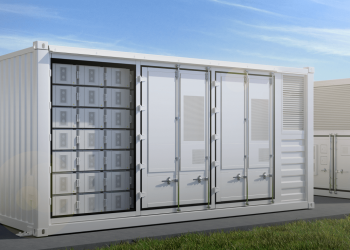Huawei all-optical sensing is revolutionizing how critical infrastructure like oil and gas pipelines are monitored and secured. As global energy networks grow increasingly complex and vulnerable, this next-generation solution delivers real-time, intelligent monitoring to prevent costly and dangerous failures.
What is Huawei All-Optical Sensing?
Huawei all-optical sensing technology transforms standard fiber optic cables into intelligent sensors capable of detecting and analyzing vibrations, temperature changes, and acoustic signals along the entire length of a pipeline or structure. This is achieved through Distributed Acoustic Sensing (DAS) and Artificial Intelligence (AI)-driven analytics.
Unlike traditional sensor-based systems, all-optical sensing:
- Requires no external power sources along the fiber route
- Provides continuous, full-length coverage
- Delivers real-time data with ultra-low latency
- Is resistant to electromagnetic interference
Why Pipeline Security Matters
Oil and gas pipelines are critical to national energy supply chains, yet they face numerous risks:
- Leaks and ruptures that can cause environmental damage
- Theft and vandalism in remote areas
- Natural hazards such as earthquakes or landslides
- Aging infrastructure prone to mechanical failures
A minor undetected leak can evolve into a multi-million-dollar disaster. This makes early detection systems like Huawei’s all-optical sensing not just beneficial—but essential.
Key Features of Huawei’s All-Optical Sensing for Pipelines
1. Real-Time Leak Detection
By analyzing acoustic signatures and temperature anomalies, Huawei’s system identifies leaks within seconds and pinpoints their location with sub-meter accuracy.
2. Intrusion and Tampering Alerts
The system can differentiate between natural vibrations and human activities like digging, climbing, or tampering. If an unauthorized activity occurs, an alert is instantly sent to command centers.
3. AI-Enhanced Decision Making
Huawei integrates machine learning algorithms into the sensing platform. These algorithms continuously improve over time, reducing false positives and enhancing accuracy in complex environments.
4. Seamless Integration
The solution integrates with existing SCADA systems, video surveillance, and GIS platforms, offering a unified view of pipeline health and activity.
Global Deployment and Use Cases
Huawei has deployed its all-optical sensing technology across:
- Petrochemical transport pipelines in Asia
- Cross-border energy infrastructure in the Middle East
- Perimeter security for power substations and tank farms
These implementations demonstrate the scalability and adaptability of Huawei’s solution to various terrains and regulatory environments.
Benefits Over Traditional Pipeline Monitoring
| Feature | Traditional Sensors | Huawei All-Optical Sensing |
|---|---|---|
| Power Requirement | External batteries needed | Fiber-based, no extra power |
| Monitoring Coverage | Point-based | Full-length, continuous |
| Data Response Time | Minutes to hours | Instant (real-time) |
| Maintenance Needs | High | Low |
| Integration with AI | Limited | Built-in |
The Role of AI in Predictive Maintenance
Beyond real-time alerts, Huawei’s system leverages AI to forecast:
- Potential rupture zones
- Pipeline degradation
- Environmental threats like erosion or seismic activity
This predictive approach allows operators to take proactive maintenance actions, minimizing downtime and reducing operational risks.
Huawei all-optical sensing brings precision, intelligence, and automation to pipeline security. As global energy demands rise and infrastructure ages, this technology is a game-changer for both environmental safety and operational efficiency. Its fusion of AI, fiber optics, and real-time analytics sets a new standard for safeguarding pipelines around the world.







